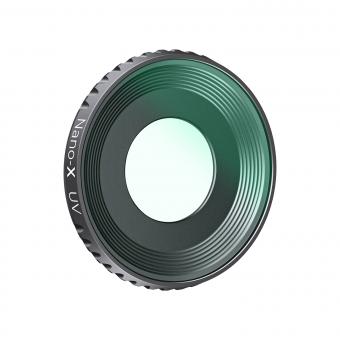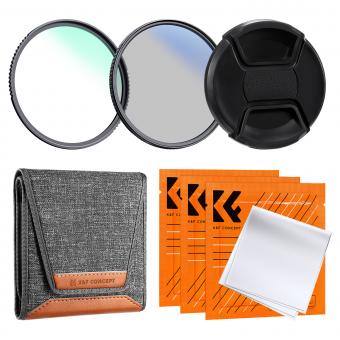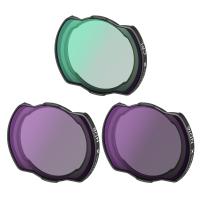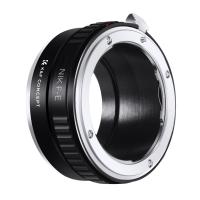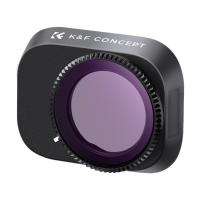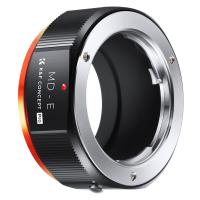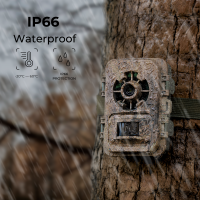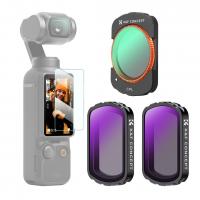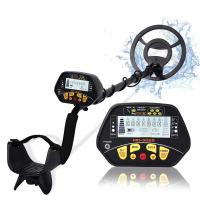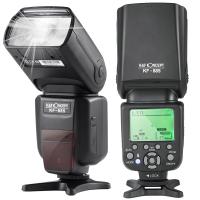When To Use A Uv Camera Filter?
Understanding when to use a UV camera filter can enhance your photography in various ways, creating sharper, more vibrant images while also protecting your camera lens. Here's an in-depth exploration of the functions, benefits, and practical applications of UV camera filters.
UV camera filters, or ultraviolet filters, serve primarily two purposes: protection and image enhancement. Initially designed to block ultraviolet light from reaching the camera sensor, modern digital sensors and lenses are less susceptible to UV interference compared to older film cameras. Nevertheless, UV filters still bring numerous advantages.
1. Protecting Your Lens
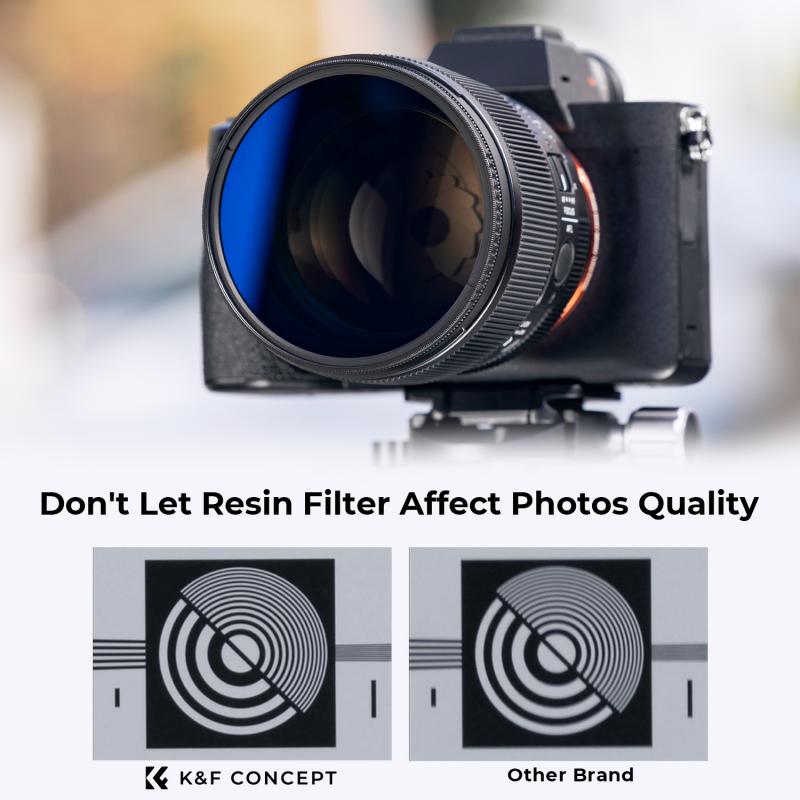
One of the primary reasons photographers use UV filters is to protect their valuable lenses. Camera lenses are expensive, and their front elements can be vulnerable to scratches, dust, and accidental impacts. A UV filter acts as a protective layer, taking the brunt of any potential damage. Instead of replacing a costly lens, you can simply replace a relatively inexpensive filter. Moreover, cleaning the filter is less risky than cleaning the lens directly, minimizing the chance of damaging the lens coating.
2. Reducing Haze and Blue Cast
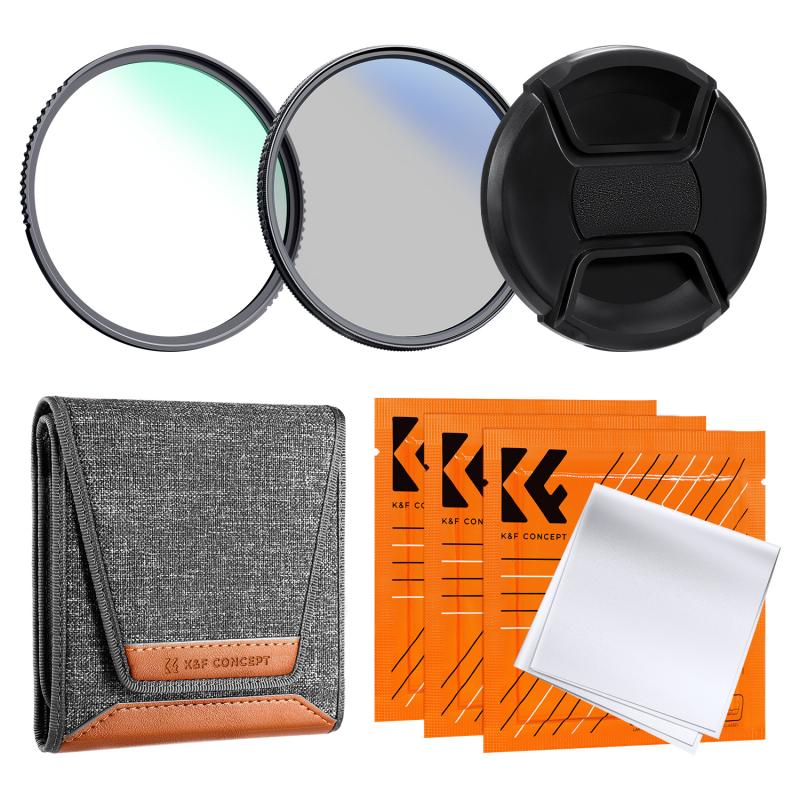
UV filters can be beneficial in reducing haze and blue casts, particularly in scenic and landscape photography. When taking photos in high-altitude or coastal locations, ultraviolet rays can scatter and create a hazy effect or unwanted blue tint. By blocking UV rays, these filters help in achieving clearer and more accurate colors. This is particularly useful for photographers working outdoors in varied lighting conditions.
3. Enhancing Image Sharpness
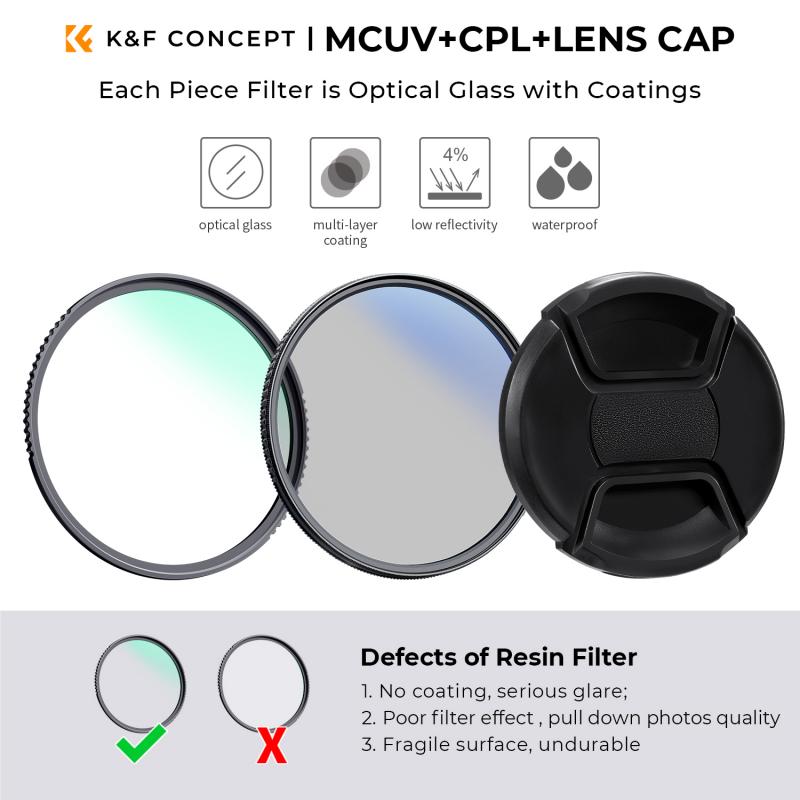
While modern digital sensors are less affected by UV light, certain conditions can still cause a slight blurriness due to UV rays. Using a UV filter can marginally increase image sharpness, particularly in bright, sunlit environments. This could be advantageous for photographers seeking the highest quality images, such as in commercial or fine art photography.
4. Situations and Types of Photography that Benefit from UV Filters
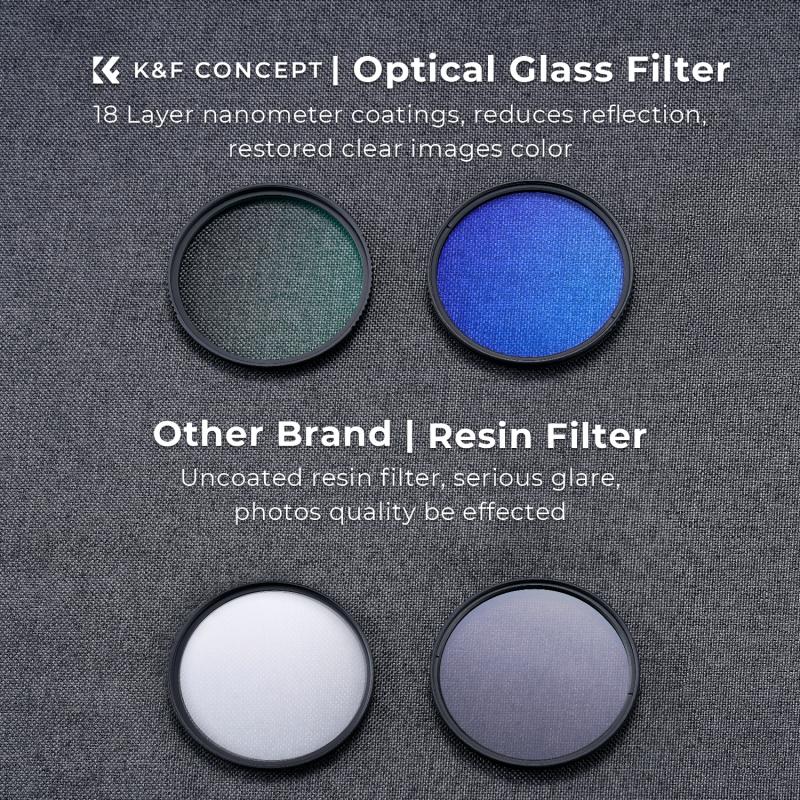
UV filters are particularly effective in specific scenarios. Here’s a breakdown of when and where these filters can be most beneficial:
a. Landscape Photography
For photographers shooting landscapes, UV filters can reduce the haziness caused by atmospheric UV light, particularly in mountain or coastal regions. This results in crisper, clearer photos with more vibrant colors and reduced blue haze.
b. Travel Photography
Travel photography often involves shooting in various environmental conditions. A UV filter not only enhances image quality in sunny and high-altitude areas but also provides essential lens protection in dusty or sandy conditions, common in travel scenarios.
c. Seascapes
Seascape photographers deal with reflective surfaces and high UV exposure. A UV filter helps control the blue cast from the ocean and the sky, maintaining color balance and enhancing overall image quality.
d. Snow and Ice Photography
Photographing snow and ice can pose unique challenges due to the high reflectivity and UV rays. A UV filter cuts down the bluish tint and haze, resulting in accurate color representation and sharper images.
5. Compatibility with Other Filters
UV filters can be combined with other types of filters, such as polarizers or ND (neutral density) filters, without significant issues. This compatibility makes it easy for photographers to stack filters and achieve specific effects while still benefiting from UV protection and clarity enhancement.
6. Considerations When Using UV Filters
There are a few considerations to keep in mind when using UV filters:
- Quality Matters: The quality of the UV filter can affect image sharpness and clarity. Investing in high-quality, multi-coated filters ensures minimal impact on image quality.
- Situational Use: While UV filters are beneficial in many situations, they aren't always necessary. In low-light conditions or indoor photography, they might not provide any noticeable advantage and can stay off the lens to avoid any potential light reflection issues.
- Maintenance: Keeping the UV filter clean is essential. Dust, fingerprints, and smudges can degrade image quality. Regular cleaning with appropriate tools ensures optimal performance.
7. Alternatives to UV Filters
For photographers solely concerned with lens protection, clear filters or protective filters can serve the same purpose without affecting image quality or color rendition. These filters do not block any light wavelengths and simply act as a protective shield for the lens.
In conclusion, UV camera filters are a versatile tool in a photographer's kit, offering protection and subtle image enhancements primarily in outdoor, high-UV environments. While modern digital cameras are less sensitive to UV light, the use of a UV filter can still improve image clarity and color accuracy in certain situations. Additionally, their ability to protect the lens from physical damage makes them a valuable investment for any photographer. As with any photographic tool, understanding when and how to use a UV filter ultimately helps in creating better, more professional photographs.






